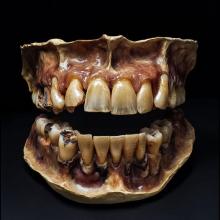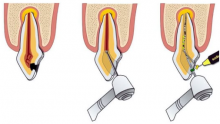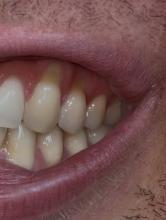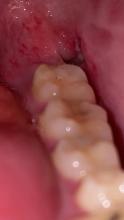We Bring Back the Sparkle in Your Smile.
Periapical Granuloma - How Martin Recovered from Hidden Tooth Pain
Language :
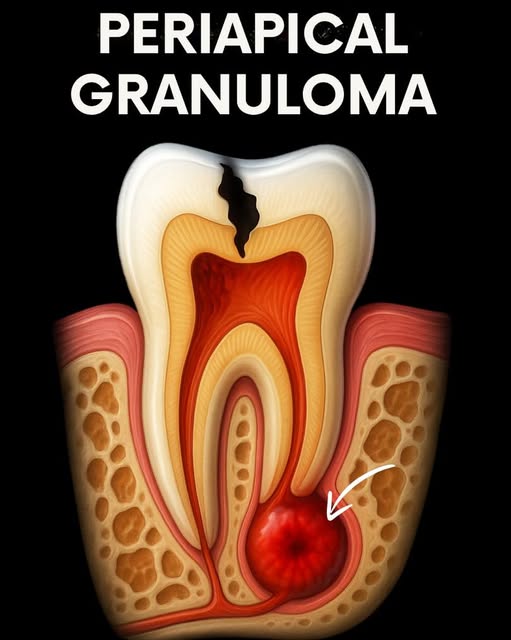
When a toothache lingers for weeks, it’s often a sign that something deeper is happening beneath the surface. This was the case for Martin, a 42-year-old from Cebu, who experienced a dull, throbbing pain in his lower molar that wouldn’t go away. What seemed like a simple cavity turned out to be something far more serious — a periapical granuloma.
What Is a Periapical Granuloma?
A periapical granuloma is a chronic infection that forms at the tip of a tooth’s root. It develops when bacteria from a decayed or infected tooth pulp spread beyond the root canal and into the surrounding bone. Over time, the body tries to fight the infection by creating a small mass of inflamed tissue — known as the granuloma.
Why It Happens
The most common causes of a periapical granuloma include:
-
Untreated tooth decay that reaches the nerve
-
Failed or incomplete root canal treatment
-
Repeated trauma to a tooth causing nerve death
-
Bacterial infection spreading through dental pulp
In Martin’s case, years of ignoring a decayed tooth allowed bacteria to invade the pulp chamber, leading to inflammation and infection at the root’s tip.
Pain and Symptoms
At first, Martin felt occasional sensitivity, but soon the pain became constant and deep. He noticed:
-
Tenderness when biting down
-
Slight swelling in the gum near the tooth
-
Persistent dull ache, especially at night
-
A sense of pressure inside the jaw
When he finally visited his dentist, an X-ray revealed a dark shadow around the tooth root — clear evidence of a periapical granuloma.
The Treatment Process
-
Diagnosis and X-ray – The dentist confirmed the lesion size and infection level.
-
Root Canal Therapy – The infected pulp was removed, and the root canals were disinfected to eliminate bacteria.
-
Medication and Temporary Filling – The dentist applied antibacterial medication to allow the tissue to heal.
-
Final Sealing and Crown Restoration – Once healing was confirmed, the tooth was permanently filled and restored with a crown to prevent reinfection.
Martin’s Healing Journey
At first, Martin feared he might lose his tooth. But with proper treatment and patience, his pain slowly disappeared. Within a few weeks, the swelling subsided, and X-rays showed healing bone tissue replacing the infected area.
He learned a valuable lesson — never ignore a persistent toothache, as it can lead to deeper infections that affect bone and overall health.
Dental Analysis
A periapical granuloma is the body’s way of defending against chronic infection, but it can silently damage bone if untreated. The key to recovery lies in early diagnosis, root canal therapy, and good oral hygiene afterward.
Final Advice
If you feel continuous pain or swelling around a tooth, visit your dental clinic immediately. Timely treatment not only saves the tooth but also prevents more severe infections from spreading.

